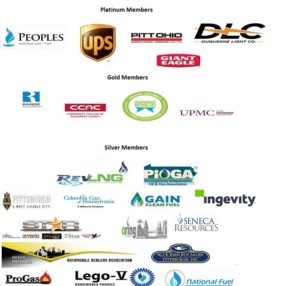Cold weather and winter driving conditions can reduce your fuel economy significantly. On particularly chilly days, when temperatures drop to 20°F or lower, you can expect to see up to a 12% hit on your fuel economy for short city trips. During very quick trips—traveling only three to four miles—your fuel economy could dip even lower (as much as 22%)!
This reduction in fuel economy is due to several factors. First of all, cold temperatures increase the time it takes your vehicle to warm the cabin, engine, drive-line fluids, and other components up to fuel-efficient operating temperatures. Cold fluids increase the friction on your engine and transmission, which can reduce fuel economy.
Let’s take a moment to address one of the main myths about driving in cold weather:
Myth: To warm up your engine and vehicle cabin in the wintertime, you should let the engine run for several minutes before driving.
Truth: Most manufacturers recommend driving off gently after about 30 seconds of idling. In fact, the engine will warm up faster when driving. Idling can use a quarter to half a gallon of fuel per hour, and even more fuel if the engine is cold or accessories like seat heaters are on.
Also keep in mind that winter gasoline blends in cold climates have slightly less energy per gallon than summer blends. This is because refineries alter the chemical makeup of gasoline to allow it to evaporate more easily in low temperatures, ensuring proper engine operation.
Aerodynamic drag is another consideration. In simple terms, cold air is denser than warm air, so when temperatures drop, wind resistance increases slightly. This requires a little more power from your engine to drive at a given speed. The effects of aerodynamic drag on fuel economy are most significant at highway speeds.
Winter Fuel-Saving Tips
The following tips can help you warm your car (and fingers!) more efficiently and improve your fuel economy in the winter:
- Plug-in electric vehicle (PEV) owners: Pre-heat your vehicle while still plugged in. Since PEVs use battery power to provide heat to the cabin, cabin and seat heaters can drain the vehicle’s battery and reduce the overall range. If you need to warm up quickly, warm the vehicle while it’s still charging.
- Park in a warmer place like a garage that traps heat to keep the initial temperature of your engine and cabin higher than it would be outside in the elements.
- Avoid idling to warm up the engine and cabin. See more information above.
- Avoid using seat warmers more than necessary, as they require additional power.
- PEV owners: Use seat heaters instead of the cabin heater when able. Using seat heaters instead of the cabin heater can save energy. Seat heaters use less energy than cabin heaters and can often be more efficient at warming you up quickly in the winter
- Read the owner’s manual for detailed information on how your vehicle’s cabin and seat heaters work and how to use them efficiently
Clean Cities Technical Response Service Team
800-254-6735

